Motivation and Reaction Units (MRUs) comprise the majority of your novel.
They are also something writers often struggle to master.
The concept is simple. Which comes first, the motivation or the reaction?
- Motivation is the cause (occurs outside the character)
- Reaction is the effect (occurs inside the character)
The motive must come first. We cannot react to something before it happens.
If the dog eats your manuscript, it would be natural for you to react to this event. Weak writing might say:
I became angry when the dog ate my manuscript.
Not only does this violate the principle of “Show, Don’t Tell” (which you already know is a no-no) by naming the emotion (irate, furious, mortified, horrified, worried…) instead of showing it, but also the MRU is backwards because this sentence tells the reader the reaction before we learn its motivating cause.
The motivation must come before the reaction. In addition, there is a logical progression to any reaction, but we often fail to present reactions in the correct order. Typically, our bodies react before our mind becomes engaged in the process.
- Visceral Reaction- An instinctive reaction you have no control over
- Thought- Your thoughts after the motivation occurs
- Action- What you do
- Speech- What you say
Analyzing the the sample Motivation and Reaction Unit above, events might occur in this order:
Motivation: Character sees dog eating his/her manuscript
Reaction: Gasps (visceral reaction), I hate that stupid dog (thought), grabs dog by collar and snatches pages from its mouth (action), “Bad dog!” (speech)
I rounded the corner to see Lucifer, my sister’s Labrador, gnawing contentedly on … not a bone … my manuscript! He looked up, drooling, his dining disturbed by my cry of anguish as I rushed forward. Stupid beast! It looked like he’d demolished at least three days’ work. I grabbed his collar and wrested the remains, shredded and soggy, from his jaws. A quick look confirmed my worst fears. “No! Bad dog!”
The improved sentences are not only more interesting, but flow better as well.
If we get these emotional reactions out of order, or go off on some tangent in the middle of a reaction, the reader won’t be happy. If you confuse the reader too much, they will toss your book aside and select another book to read.
Here is a short example from my life last week where many thoughts, emotions, and reactions happened in a very brief moment. I’ll write this so you see the various steps in the MRU.
MOTIVATION
As I dried my arm after a shower, I noticed a red bump on my forearm.
REACTION
(Visceral or gut reaction) I briefly studied it. (This shows curiosity without naming the emotion.)
(Thought) When and where did I get that insect bite? No swelling. It didn’t hurt or itch. Not a problem.
(Action) I completed my morning ritual. There was no speech since I was alone, but I might have shrugged and said, “hmmph” before sitting in the rocking chair to read.
The next section in the story begins with another motivation.
MOTIVATION
Several hours later, I spotted a large yellowish-tan and brown spotted spider sitting on the couch pillow where I had been reading the night before.
REACTION
(Visceral or gut reaction) My heart went into overdrive, and my hands shook. (Note, again, that I don’t name the emotion of fear or panic. I want to describe reaction. The reader will get the emotion by reading my actions.)
(Rapid fire thoughts after I see the spider) Should I kill it? No! I need to capture it. I need to identify it. That thing bit me last night. How do I catch it? I can’t let it run under a couch cushion and hide. I don’t want it to bite me again. Don’t run. Please, don’t get away.
(Action) I grabbed a plastic pudding container from the trashcan and plopped it over the culprit. Now what? (There are more thoughts going on during this action. I might add them if they would enhance the story. Too much description, though, can distract the reader. Don’t go too far off the trail of current events.) Carefully carrying the pillow and spider downstairs, I rummage in the kitchen drawer for a container with a lid. With great care, I ease a plastic lid under the pudding cup, replace it with my new container, and secure the seal.
(Speech) There is none in my example because I was alone. If someone had been present, I might have asked for help or voiced my need to keep the spider for identification. Since I often talk to myself, I could place some of my thoughts into actual dialogue, or I might have addressed the spider. “Try to get out of that, you brute!”
Notice that this is not the time to go off on a tangent about the kind of spider I captured or the time to expound on my daughter’s childhood fear of insects. In the heat of the moment, show the details of the reaction. You can expand on this later when you begin the next Motivation and Reaction Unit — a search for the spider’s picture on websites. It would be appropriate to give some backstory then or expand on data about the spider.
A novel consists of multiple MRU events. Each one should lead to the next.
Exercise:
Have you written your story with appropriate MRUs?
Do you state the emotion or show it?
Are the reactions in the proper order?
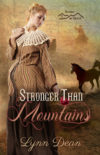
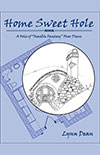

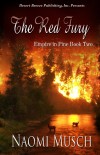
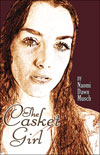
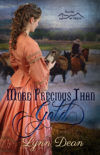
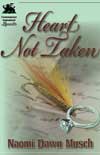

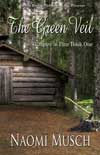







Speak Your Mind
You must be logged in to post a comment.